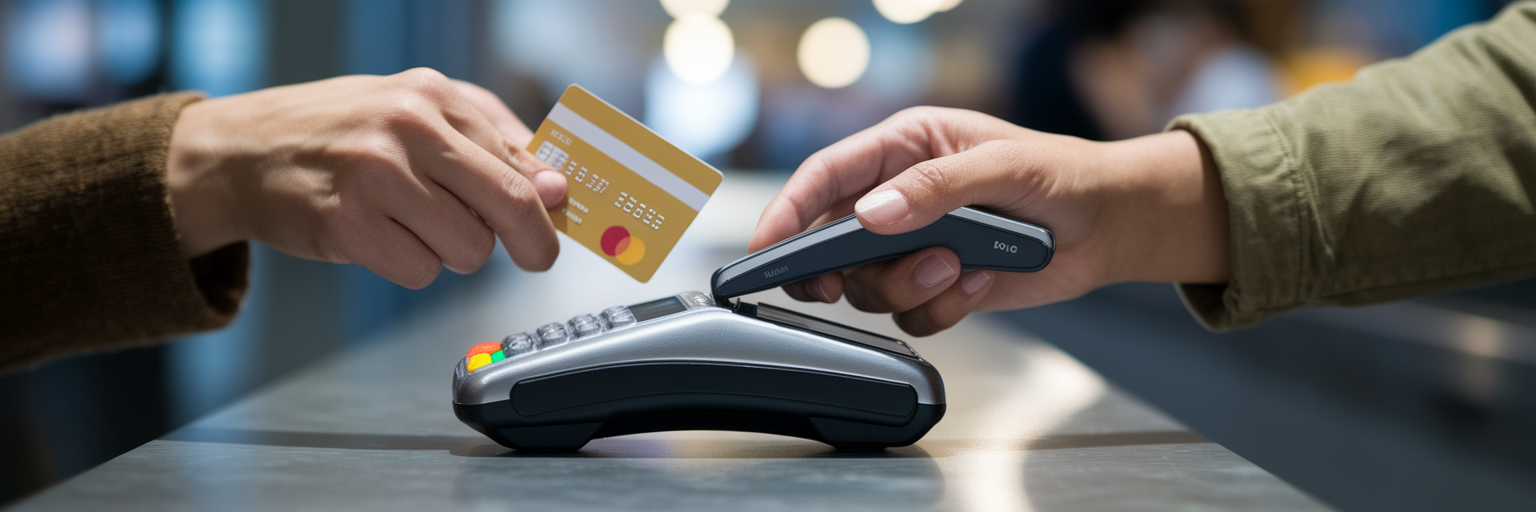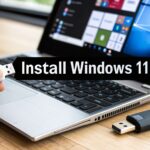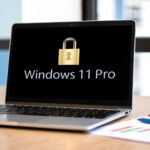Australia
The convenience of downloading software instantly is undeniable. Yet, that simple click to buy is the final step in a process that requires careful attention. Ensuring your transaction is secure begins long before you enter your payment details. It starts with a foundational check of the digital storefront you are visiting.
Foundational Security Checks Before You Buy
Before you even browse for a product, your first action should be to verify the website’s basic security credentials. Look at your browser’s address bar. The presence of HTTPS and a padlock icon is the bare minimum. This signals that your connection to the site is encrypted, protecting your data from being intercepted. If a site lacks this, it is best to leave immediately.
Next, inspect the URL itself. Fraudulent sites often use subtle misspellings of trusted brands or employ unusual domain extensions to trick visitors. A legitimate retailer will have a clean, professional web address. Beyond the URL, look for essential trust signals. A transparent business provides clear information about its operations. For example, you should be able to easily find details about the company’s mission and values on a dedicated page, just as we outline in our company profile.
The absence of accessible contact information or a comprehensive privacy policy is a significant warning. These elements demonstrate accountability and a commitment to customer protection. A truly secure online software purchase is only possible when the seller is transparent and operates on a secure platform. If these foundational pieces are missing, it is a clear sign to seek an alternative.
Identifying and Avoiding Phishing Scams
Once you have verified a website’s legitimacy, the next layer of security involves recognizing external threats. Phishing attacks are designed to impersonate trustworthy sellers through fraudulent emails or messages, luring you to malicious websites. Successfully avoiding software scams depends on your ability to spot the telltale signs of these deceptive communications.
As the Federal Trade Commission highlights in its guidance on phishing, awareness is your best defense. Be cautious of messages that exhibit these common traits:
- A manufactured sense of urgency, such as “Your account will be suspended unless you act now.”
- Generic greetings like “Dear Valued Customer” instead of your actual name.
- Poor grammar, spelling mistakes, or an unprofessional tone.
- Requests for sensitive information that a legitimate company would never ask for via email.
A powerful and simple technique is to hover your mouse over any link before clicking. This action reveals the link’s true destination URL in the bottom corner of your browser, allowing you to see if it leads to a suspicious domain. For proactive protection, enable Multi-Factor Authentication (MFA) on your important accounts. MFA acts as a crucial barrier, protecting your accounts even if your password is stolen. A secure digital life starts with a solid foundation, which is why a reliable operating system is so important for your device’s overall protection. You can explore some of the most trusted options in our collection of operating systems.
How to Verify Software Authenticity
Beyond vetting the seller, you must also confirm the authenticity of the software itself. The risks associated with counterfeit software are severe. According to BSA | The Software Alliance, a significant portion of software in use is unlicensed, exposing users to security threats like malware and data theft. Non-genuine software also lacks access to critical security updates, leaving your system vulnerable.
A primary indicator of counterfeit software is pricing that seems too good to be true. Deeply discounted keys for premium software are often a red flag for stolen, non-genuine, or temporary licenses. A legitimate retailer will be transparent about what you are purchasing. When you decide to check for a genuine software key, look for clear product descriptions that specify the license type, such as Retail or OEM, and guarantee instant activation with official support.
This transparency is a hallmark of a trustworthy source. For instance, a legitimate listing for a product like our Windows 11 Pro license will clearly state its features and authenticity. Proof of legitimacy is not just about receiving a working key; it is about the assurance that the software is sourced correctly and will be supported long-term. Purchasing from retailers who explicitly guarantee authentic licenses is the most reliable way to protect your investment and your digital security. As organizations like BSA report, using properly licensed software is fundamental to cybersecurity.
Selecting Secure Payment Methods
The final step of your purchase, the payment itself, is a critical control point. Your choice of payment method can significantly impact your financial security and recourse options if something goes wrong. Following a few safe digital transaction tips at this stage provides an essential layer of protection. Using a credit card is often recommended because it offers robust consumer protection, including fraud monitoring and the right to initiate a chargeback if the product is not delivered or is not as described.
Digital wallets like PayPal or Apple Pay provide another excellent security measure. They function as an intermediary, processing your payment without ever sharing your credit card details with the merchant. This tokenization process minimizes the exposure of your sensitive financial data. Conversely, you should be extremely cautious about using irreversible payment methods like direct bank transfers or wire transfers, especially with unfamiliar sellers. These methods offer almost no consumer protection, making it nearly impossible to recover your funds in a fraudulent transaction. A secure checkout process, like the one you find when proceeding to our cart, should support trusted payment options.
| Payment Method | Key Security Feature | Consumer Protection Level | Best For |
|---|---|---|---|
| Credit Card | Fraud monitoring and chargeback rights | High | Most online purchases for strong recourse options |
| Digital Wallet (e.g., PayPal) | Transaction tokenization; card details not shared with merchant | High | Avoiding sharing financial data directly with websites |
| Direct Bank Transfer | No intermediary; direct access to funds | Very Low | Only with highly trusted, well-known vendors |
Note: This table summarizes the general security and protection levels. Specific features may vary by financial institution and country.
Essential Post-Purchase Security Actions
Your diligence should not end once the transaction is complete. Taking a few final steps after your purchase is crucial for closing the security loop. Once you receive your download link, one advanced technique is to check the file’s digital signature. This cryptographic feature helps verify that the software is from the stated publisher and has not been tampered with since it was signed. It is a strong indicator of the file’s integrity.
After confirming the download is safe, activate the software immediately with the key you received. This step confirms the license is valid and links it to your account. Following activation, the most important action is to run a check for updates. Software developers regularly release patches to fix bugs and address security vulnerabilities. Installing these updates right away ensures your new program is protected against the latest known threats.
Ultimately, learning how to buy software safely online is part of a broader commitment to digital hygiene. A single secure purchase is important, but long-term safety depends on maintaining an updated operating system and using reliable security software. A comprehensive antivirus solution, such as our Norton 360 Premium offering, provides an essential layer of ongoing protection that defends your entire system against a wide range of digital threats.







